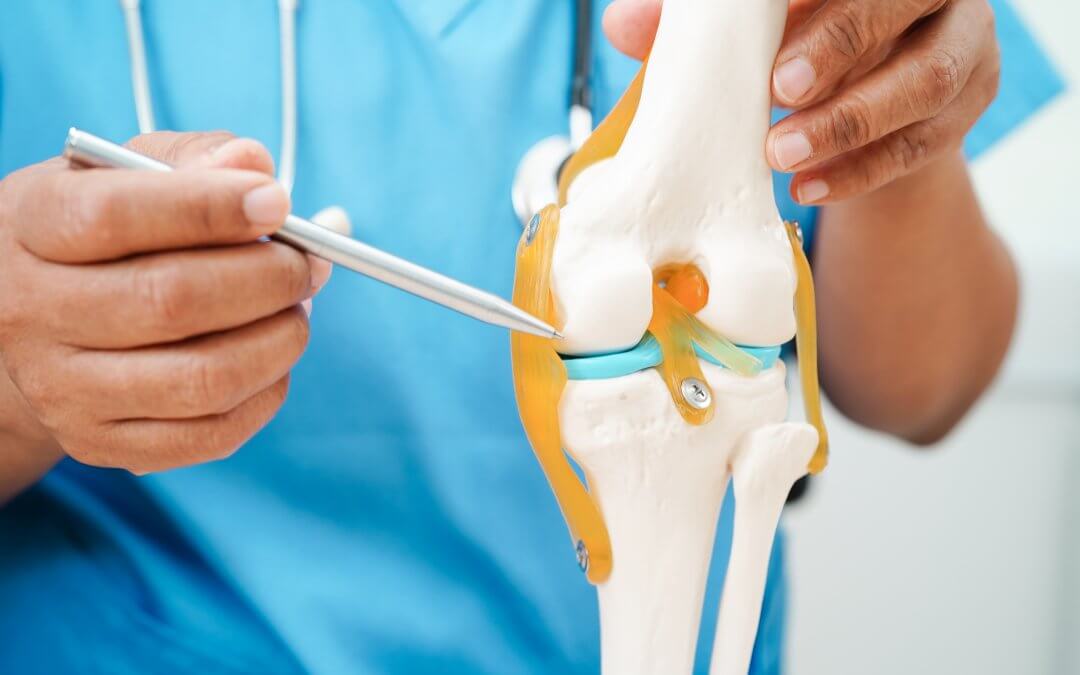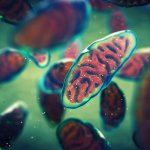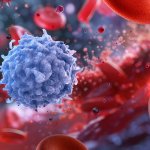Osteoarthritis, a chronic degenerative joint disease, affects millions of people worldwide and is a leading cause of disability.[1][2] Currently available treatments can offer relief from pain and other symptoms. However, they fail to address the root of the disease, as they cannot effectively restore the damaged joint.[3] A novel stem cell therapy based on cord blood mesenchymal stem cells (UCB-MSCs) is now emerging as a promising regenerative approach. The therapy, called Cartistem, has been shown to regenerate strong, elastic cartilage in the joint, rather than the fibrous, weaker cartilage created by an alternative treatment.[4]
What is osteoarthritis?
Osteoarthritis is the most prevalent form of arthritis, and primarily affects middle-aged and older adults. It involves the deterioration of the cartilage that protects the ends of bones within a joint. Because cartilage does not contain blood vessels, it has a limited ability to self-repair[5]; with continued deterioration, it disappears entirely, leading to damage and changes to the bones themselves. Symptoms include joint stiffness and pain, as well as reduced range of motion, and can increase over time. Eventually, they can become severe enough to make day-to-day activities more difficult.[1][6]
The risk of osteoarthritis increases with age, although there are other risk factors which can contribute. These include joint injuries, overuse of the joint in work or sports, obesity and genetics.[1] Osteoarthritis can affect any joint in the body, but most frequently appears in the hands, knees, hips and spine.[1] Knee osteoarthritis, in particular, often involves both knees. It can cause pain during walking, especially going uphill or downhill, as well as difficulty straightening the legs and a sensation of the knee “giving way”.[7]
Treatments for knee osteoarthritis
The current standard of care for knee osteoarthritis includes a range of treatments that aim to manage pain, reduce stiffness and improve range of motion. They include both surgical and non-surgical options.
Non-surgical treatment is typically tried at first. This includes pain medication as well as lifestyle changes, such as weight loss and exercise, and assistive devices, such as special footwear, braces, or walking aids.[8][9] If non-surgical treatments have not been effective or the patient’s daily life is seriously affected, doctors then look at surgical treatments. This could be an operation called an osteotomy, where a small section of bone on one side of the joint is removed to realign the joint and shift weight away from damaged parts of the cartilage.[10] Knee replacement, either partial or total, is also an option.[8][9]
Another possibility is a surgical treatment called microfracture or microdrilling. This treatment involves doctors making small holes into the surface of the bone where cartilage is absent. The holes cause blood and bone marrow to coat the surface of the bone, then forming into a clot. Thanks to the stem cells contained in blood and bone marrow, this clot eventually develops into a new layer of cartilage.[11] However, this new cartilage is not as strong as the original cartilage, and can break down more easily,[5][12] meaning any improvement is temporary.
A new therapeutic option
Cartistem is an off-the-shelf stem cell therapy developed in South Korea, where it has been approved for knee osteoarthritis treatment since 2012.[13] It consists of a combination of allogeneic UCB-MSCs and hyaluronic acid hydrogel. Applied to the area of damaged cartilage during surgery, the stem cells stimulate cartilage regeneration.[14]
Although Cartistem can be considered comparable to microdrilling in terms of the underlying process, a recent study has shown that this therapy can regenerate cartilage that is stronger and more resilient. The study, the results of which were recently presented at the 2025 annual meeting of the American Academy of Orthopaedic Surgeons, directly compared the results of Cartistem to those of microdrilling.[4]
According to researchers, Cartistem repaired a greater surface area than microdrilling, producing stronger cartilage which contained more collagen and had improved stiffness and elasticity. In contrast, microdrilling produced weaker, more fibrous cartilage, and in one out of five patients resulted in no cartilage regeneration at all.[14]
On the strength of the results from this and other studies, the FDA granted approval to proceed directly to a phase 3 clinical trial in the United States. A phase 3 trial is also underway in Japan.[4]
The regenerative power of cord blood stem cells
The strong potential of UCB-MSCs for the treatment of osteoarthritis is well-documented, with several recent studies highlighting their positive effects.[15][16][17]
Cartistem is a proprietary, off-the-shelf therapy, using allogeneic (donor) UCB-MSCs. However, as therapies are still being discovered and developed, it is entirely possible that a patient having access to their own cord blood stem cells could make the difference in terms of effectiveness. This could be the case not only for osteoarthritis, but for also for many other illnesses and diseases.
To discover more about cord blood stem cells, and how you could preserve them for your baby for potential future treatment, fill in the form below to request your free guide to cord blood banking.
References
[7] NHS (2019). Symptoms – Osteoarthritis. https://www.nhs.uk/conditions/osteoarthritis/symptoms/
[8] NHS (2023). Treatment – Osteoarthritis. https://www.nhs.uk/conditions/osteoarthritis/treatment/
[13] MEDIPOST. (2022). CARTISTEM®. https://en.medi-post.co.kr/cartistem/
FIND OUT MORE, REQUEST YOUR WELCOME PACK TODAY
All you need to know to make an informed decision.
Provide your contact details to request:
– Complete Welcome Pack and Parent’s Guide
– Information via email
– Contact from our specialist advisors








